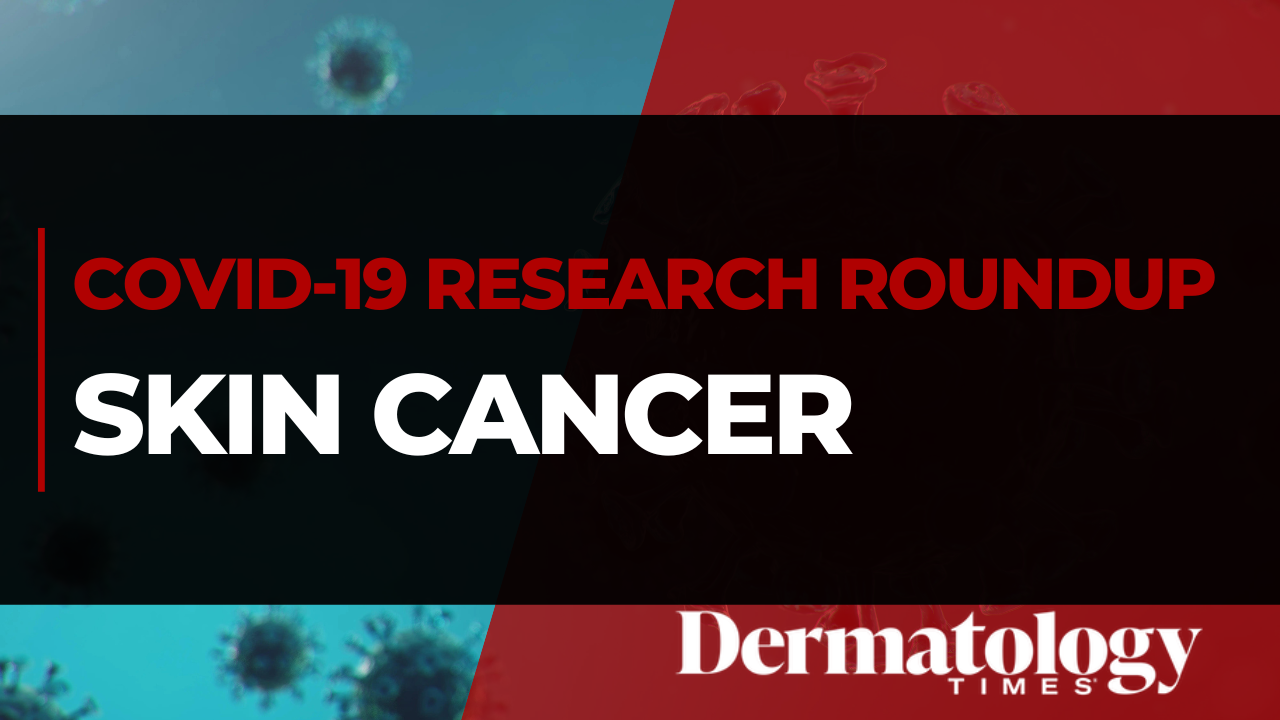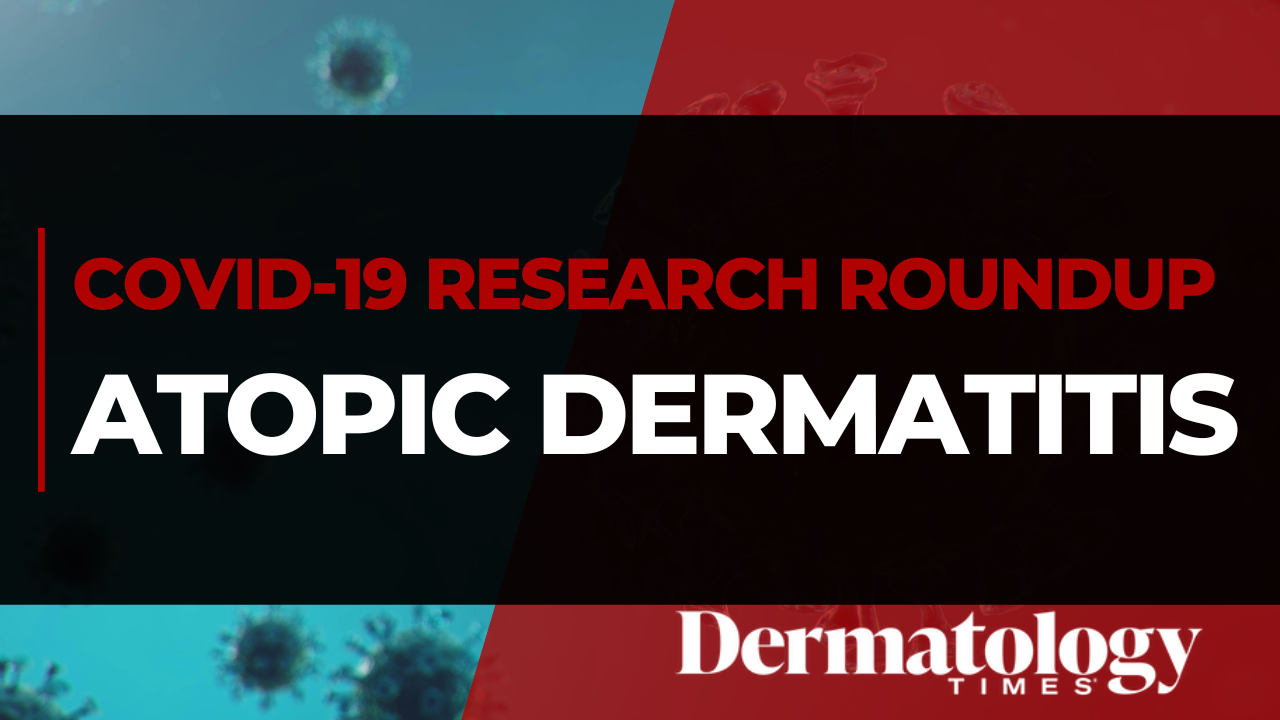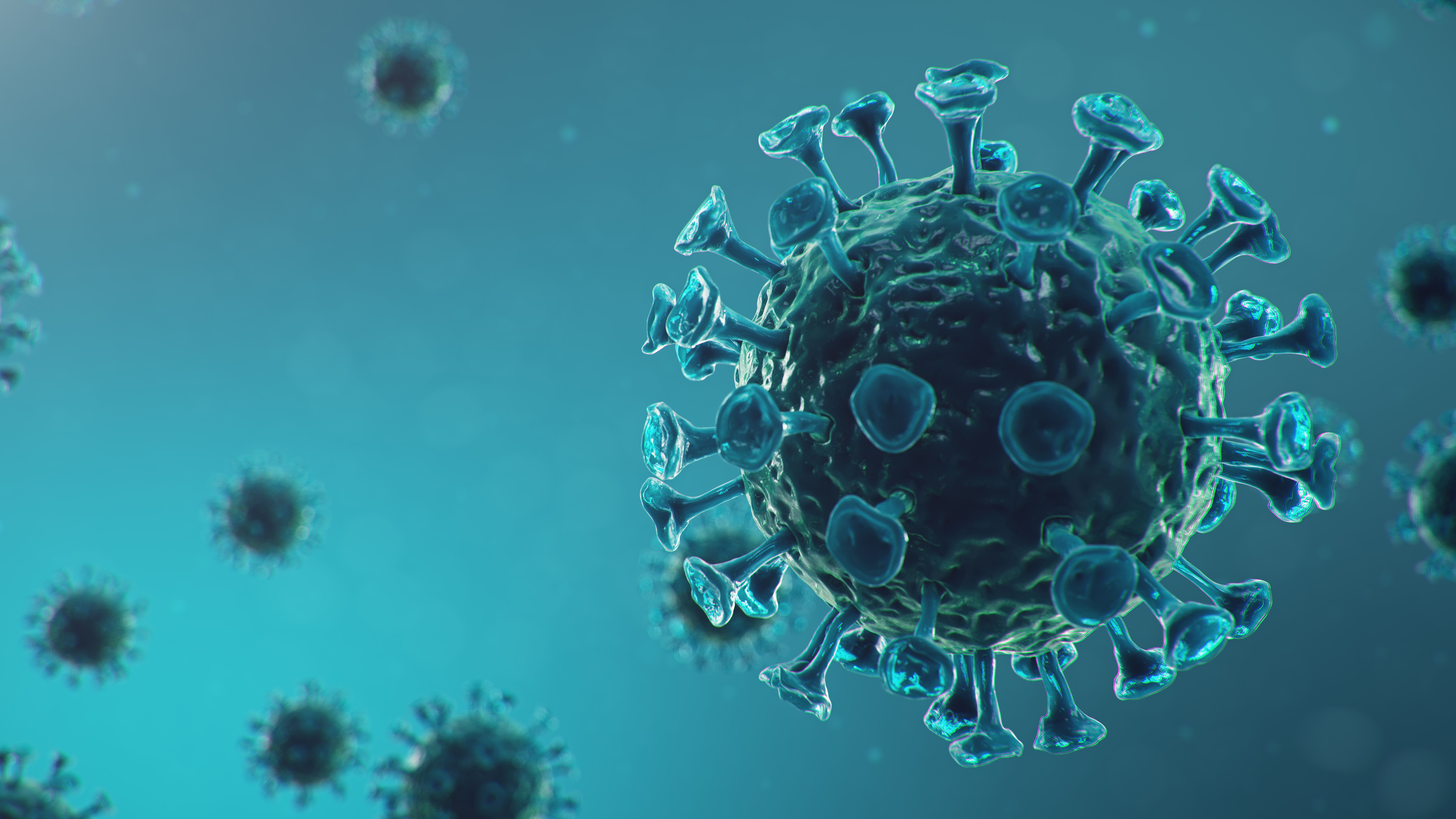- Case-Based Roundtable
- General Dermatology
- Eczema
- Chronic Hand Eczema
- Alopecia
- Aesthetics
- Vitiligo
- COVID-19
- Actinic Keratosis
- Precision Medicine and Biologics
- Rare Disease
- Wound Care
- Rosacea
- Psoriasis
- Psoriatic Arthritis
- Atopic Dermatitis
- Melasma
- NP and PA
- Skin Cancer
- Hidradenitis Suppurativa
- Drug Watch
- Pigmentary Disorders
- Acne
- Pediatric Dermatology
- Practice Management
- Prurigo Nodularis
- Buy-and-Bill
Publication
Article
Dermatology Times
COVID-19: Experts discuss virulence, potential treatments, controversies
Author(s):
Governments and the scienti fic community are racing to identify new and existing drugs that might help flatten the curve and save lives. Read from experts as they discuss the latest news and research surrounding possible treatments for COVID-19.
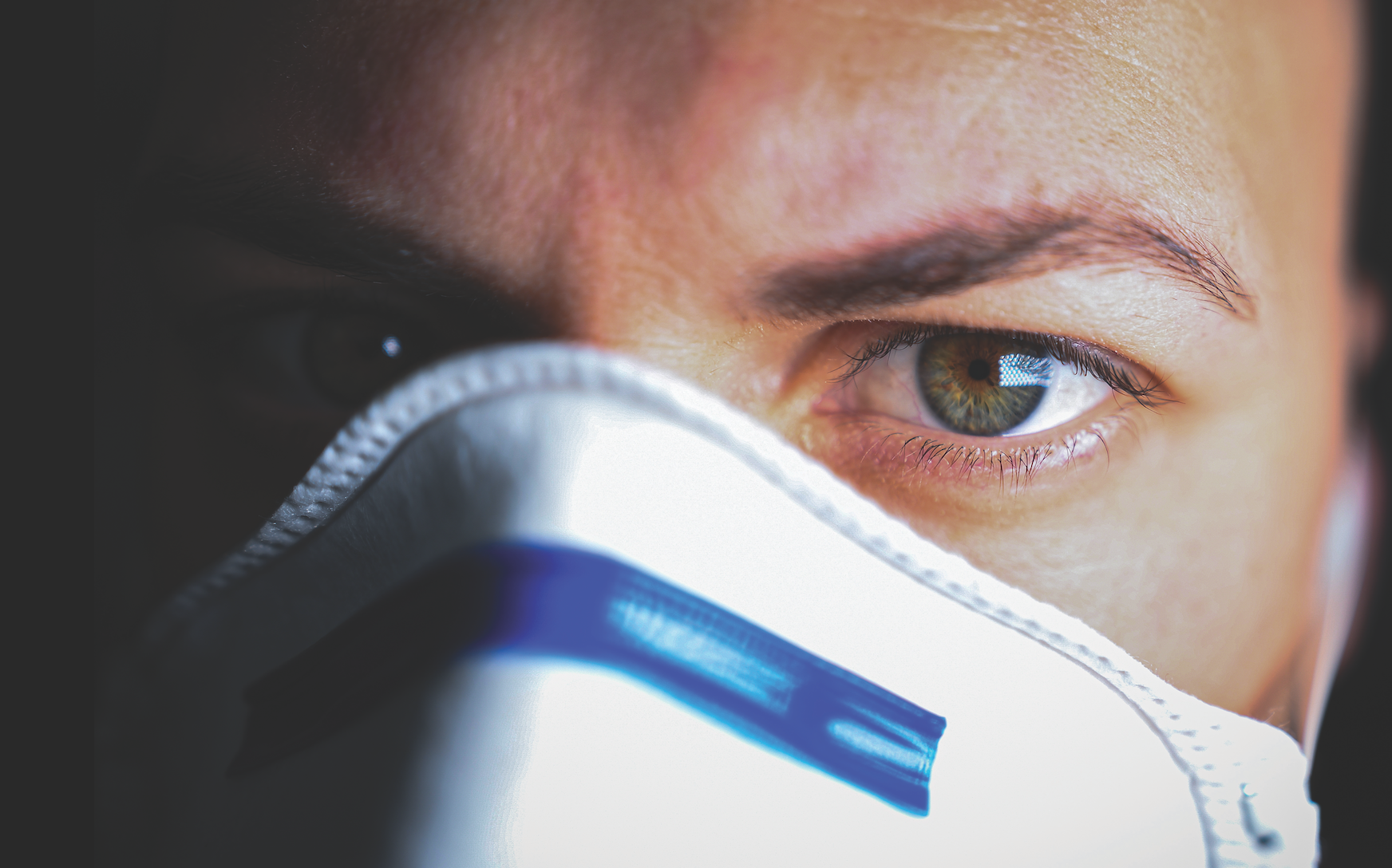
Dr. Rosen

Dr. Fallon-Friedlander
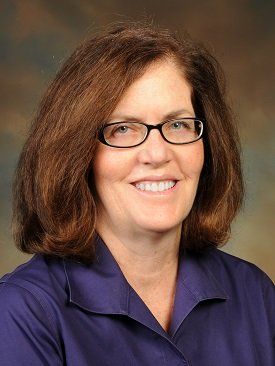
Dr. Martin

Dr. Yan

Dr. Treat

Dr. Thiers

Dr. Ehrlich
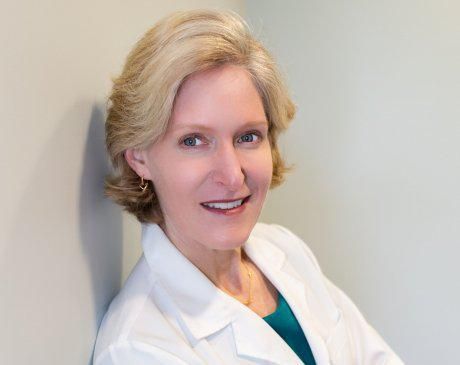
As the world continues to fight the novel coronavirus and its resulting illness COVID-19, governments and the scientific community are racing to identify new and existing drugs that might help to flatten the curve and save lives. As of Wednesday, March 25, 2020, the CDC reports there have been a total of 54,453 individuals in the United States infected with COVID-19 and 737 deaths. Worldwide, the virus has infected 416,916 individuals, resulting in nearly 19,000 deaths, according to the European Centre for Disease Control and Prevention, posing a serious global health threat.
For more information on COVID-19, visit our dedicated page.
While there are no drugs approved to treat, cure or prevent COVID-19, at this time, there are several potential treatments that may help ease the symptoms from a supportive care perspective, according to the U.S. Food and Drug Administration in a March 19 press release. The organization says it is working closely with the scientific community around the world and several clinical trials are underway.
Among the most highlighted of the potential candidates, has been the anti-malaria drug, hydroxychloroquine (HCQ, Plaquenil), which experts and the president have highlighted for both post-exposure prophylaxis and treatment of COVID-19.
In a recent post on the Maui Derm for Dermatologists event site, George Martin, M.D., program director, along with colleagues Ted Rosen, M.D., Sheila Fallon-Friedlander, M.D., Albert Yan, M.D., and James Treat, M.D., shared summaries of data that provide evidence of the drug's use, dosing, as well as epidemiology of COVID-19 infections (bit.ly/MauiDermHCQdata). The single best epidemiology modeling data, they note, is a commentary published on the website Medium, that shows the speed at which the virus is replicating around the world, and it is with this urgency in mind that they compiled what they viewed as the most impressive data they say may save lives.
“The number of cases reported daily grossly underestimates the true number of cases and many asymptomatic but infected individuals are unknowingly spreading the disease,” Dr. Rosen says in the summary.
Isolated quarantines will likely be insufficient, Dr. Martin says. According to a letter they cite, which was published in the New England Journal of Medicine, March 17, 2020, the virus remained stable on various surfaces for several days. The virus had the ability to remain airborne for up to three hours, and it could survive on plastic for up to three days and on steel for up to two days.
HCQ is a drug already approved by the FDA for the treatment of malaria, discoid and lupus erythematosus and rheumatoid arthritis. Therefore, it may be prescribed off-label.
While President Donald Trump announced March 19 that he’s pushing FDA to eliminate barriers to make HCQ available, FDA Commissioner Stephen Hahn says the organization will remain responsible in its evaluation of potential therapeutic options, including those that are already approved for other indications, “to make sure that patients receive the right dosage at the right time,” according to CNN politics.
Following the president's comments that HCQ could treat COVID-19 and a series of studies indicating its potential benefit, hospitals began purchasing large quantities, pharmacists reported depleted supplies and manufacturers reported back orders.
"As a result of hydroxychloroquine and chloroquine being explored as a potential treatment for COVID-19, patients currently taking these medications are having difficulties filling their prescriptions to treat their conditions," AAD president Bruce Harris Thiers, M.D., FAAD, says.
On March 24, The American Academy of Dermatology (AAD), Lupus Foundation of America, American College of Rheumatology, and Arthritis Foundation, sent a letter to the White House Coronavirus Task Force outlining concerns about the growing shortage.
“For patients with lupus, hydroxychloroquine is the only medication shown to increase survival,” the letter reads. “[It] is the cornerstone of therapy, used in most patients.”
If patients can’t fill their prescriptions, they could face flares that significantly impact quality of life, says Alison Ehrlich, M.D., MHS, a dermatologist in Washington, D.C.
The organizations have requested the White House Task Force to work with the pharmaceutical industry, pharmacies and the FDA to take several steps that are aimed at mitigating the effects of the shortage, including increasing monitoring and timely reporting of shortages; utilizing existing authorities to increase the production and supply of the drugs; and taking action to ensure current supplies are allocated for patients taking them for indicated uses.
In a series of studies, cited on the Maui Derm for Dermatologists website, experts comment on the potential application of the results in practice; however, Ted Rosen, M.D., notes “While the literature cited suggests there may be utility of hydroxychloroquine in both post-exposure prophylaxis and therapy of active disease, keep in mind this treatment has not been verified in a rigorous randomized controlled study. Prevention of spread is still paramount."
As investigations continue, recent data from a small study of 30 patients, reported March 24, by Bloomberg News, showed that hydroxychloroquine was no more effective than managing patient symptoms conventionally.
The study, which was conducted by researchers from the department of infection and immunity at the Shanghai Public Health Clinical Center, involved 15 patients treated with hydroxychloroquine and 15 controls who were managed with bed rest, oxygen inhalation, anti-viral drugs recommended in China’s treatment guidelines, and antibiotics when necessary. Of the 15 patients treated, 13 tested negative after one week of treatment vs. 14 patients in the control group who were managed conventionally. One patient in the treatment group progressed to severe disease and four patients developed diarrhea and signs of possible liver damage. The researchers concluded that a larger-scale investigation is required to better understand the drug’s benefit and risk profile.
“Our scientific clinical trials data is not as robust as the media attention,” Dr. Ehrlich says. “We are already seeing some of the dangers of unsupervised use as witnessed in toxicity cases in Nigeria (3 patients) and Arizona (2 patients).”
She adds that while chloroquine and hydroxychloroquine are generally safe when dosed correctly, the clinical trials data is still limited for this indication. The studies that have supported recommendations for the drug’s use in the treatment of the current pandemic are not high-quality, well-controlled studies.
According to Dr. Ehrlich, several other drugs being studied are interesting. For example, “IL-6 blocking agents may have a role in decreasing pulmonary inflammation,” she says. Interleukin-6 (IL-6) may play a role in driving the overactive inflammatory response in the lungs of patients who are critically ill with COVID-19. Regeneron and Sanofi have initiated a phase 2/3 clinical trial evaluating the IL-6 inhibitor sarilumab (Kevzara) in patients with severe COVID-19.
Regeneron Pharmaceuticals also announced March 17 its progress in developing a multi-antibody cocktail for prophylaxis exposure to COVID-19, as well as treatment. Researchers have isolated virus-neutralizing, fully human antibodies from lab mice, genetically-modified to have a human immune system, as well as humans who have recovered from COVID-19. Researchers will select the top two antibodies for a cocktail treatment, which the company says allows for targeting of different parts of the virus and may help protect against multiple viral variants.
The FDA has approved the initiation of a phase 3 trial for the immunosuppressive drug tocilizumab (Actemra, Genentech) to evaluate its safety and efficacy in combination with standard of care in hospitalized adult patients with severe COVID-19 pneumonia. Tocilizumab is an IL-6 receptor agonist approved for the treatment of rheumatoid arthritis, giant cell arteritis, polyarticular juvenile idiopathic arthritis, and systemic juvenile idiopathic arthritis.
Finally, remdesivir (Gilead), an investigational monophosphoramidate prodrug of an adenosine analog that was developed in response to the 2014-2016 Ebola outbreak, is being investigated. There are four clinical trials enrolling patients in the United States. The drug was available for compassionate use until the company suspended that access due to overwhelming demand. Gilead expects to set up a broader access program, but critically ill patients are now left in limbo.
The bottom line, says Dr. Ehrlich: “We just don’t have really strong clinical trial data yet. Until we have strong clinical trial data to support specific therapies for Covid-19 , it’s going to be very challenging.”
Dr. Rosen comments, “At this point in time, social distancing is the most effective way we can combat the spread of COVID-19. Any way you can contribute to that concept will be of value, including reducing the number of patients coming for face-to-face office visits. Postpone elective procedures, delay return visits for stable established patients and practice teledermatology in any way and as often you can.”
Resources for dermatologists:
www.aad.org/coronavirusbit.ly/MauiDermHCQdata




